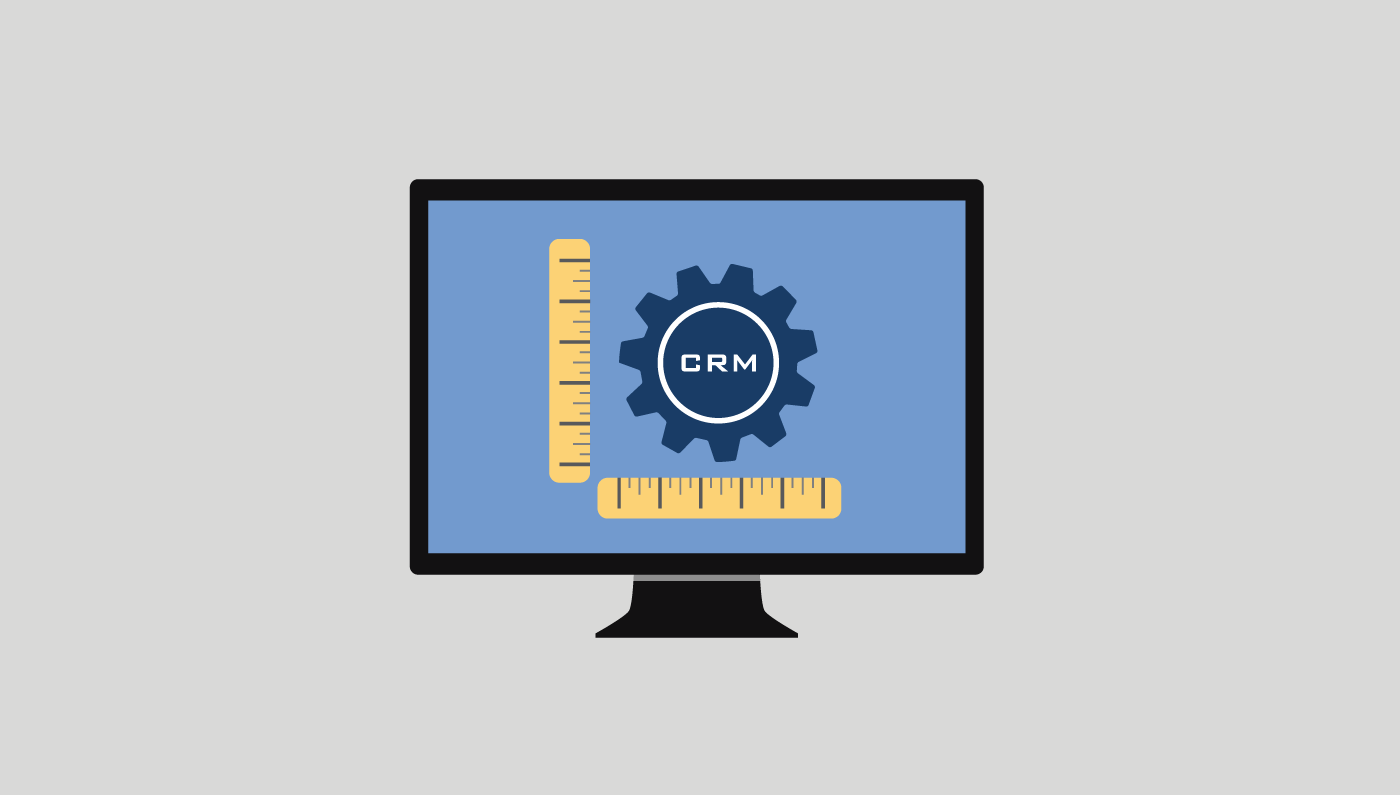Most CRM systems are structured from the seller’s perspective. They include milestones like “first meeting” or “proposal delivered.” While those are useful metrics for management to forecast pipeline revenue, they’re not particularly useful metrics for your sales reps, or more importantly for your customers.
Here’s an example of where critical information slips through the cracks: you have a first meeting with a prospect. Are they unaware they have a problem or are they searching for broad solution categories? The answer to that question is critically important for how you approach the interaction and follow up afterwards. Or, let’s say you have delivered a proposal. Are they still comparing you to other bidders or are they trying to sell your company through to the rest of the organization. Again, a subtle but critically important distinction that a CRM set up from the seller’s perspective is not capturing.
Customers don’t frame their search around the products or services you provide; your customers think in terms of solving the problem at hand. The more closely you can align with the way they buy, the more likely it is they will buy from you.
How do you get started aligning your CRM to the buyers process?
1) First, you need to understand what your buyer’s process actually is. Our Sales Acceleration Mapping (SAM) template that provides a starting point for understanding your buyer’s process.
2) Next, you should restructure your marketing and sales content to specifically address different stages of the buyer’s process. Some companies will have all the content they need, while others will lack effective content at one or more stages of the purchase cycle. This can really open sales and marketing’s eyes as to why deals were won or lost in the past.
3) Finally, you’ll want to use marketing and sales content to create Qualifying Checkpoints that help sales reps move an opportunity to the next stage of the purchase cycle. Checkpoints are a bit different from lead scoring, although they work hand-in-hand. Lead scoring is a forecasting tool management uses to gauge the quality of a deal; Qualifying Checkpoints are a sales intelligence tool focused on actionable tactics reps can use to win a deal, regardless of deal quality. Using Qualifying Checkpoints properly will improve a lead’s score.
You can see how a few simple steps can radically enhance the effectiveness of the same CRM technology. Depending on your system, you may need to make a few tweaks or include a plugin here or there, but most of this can be done without any tech heavy lifting.

